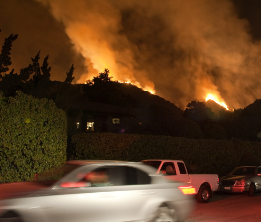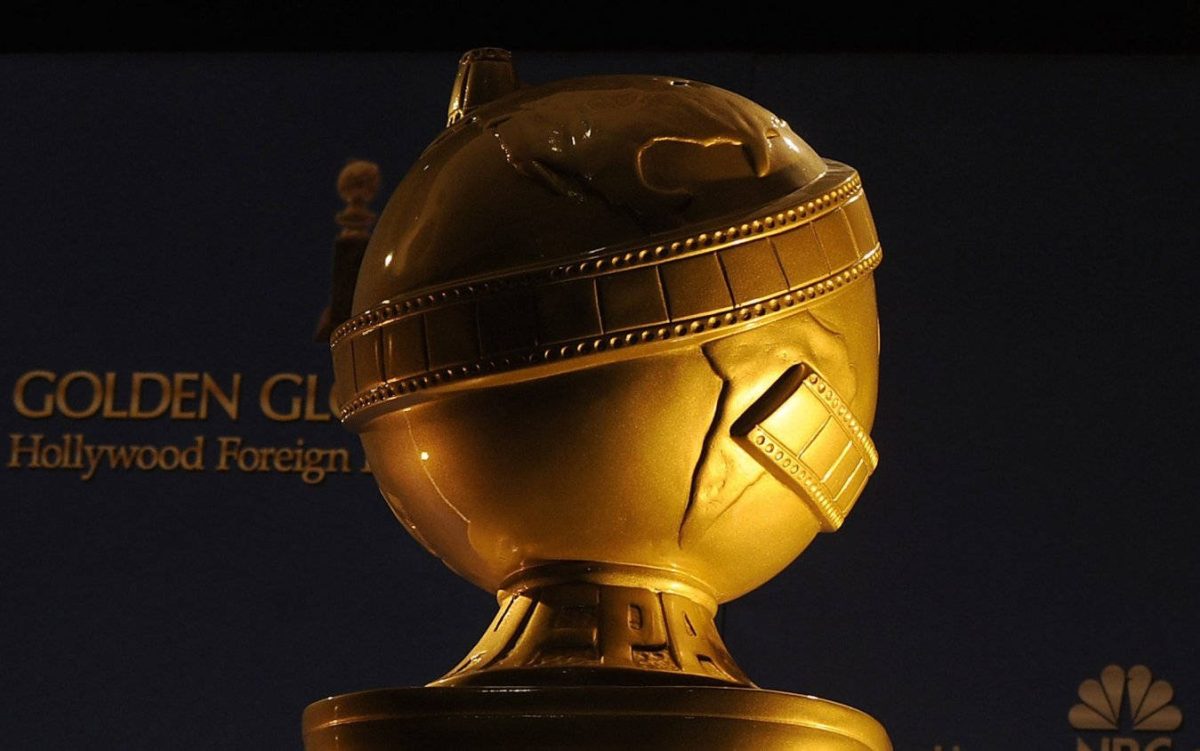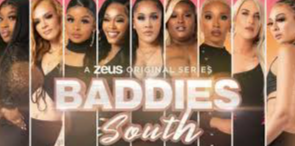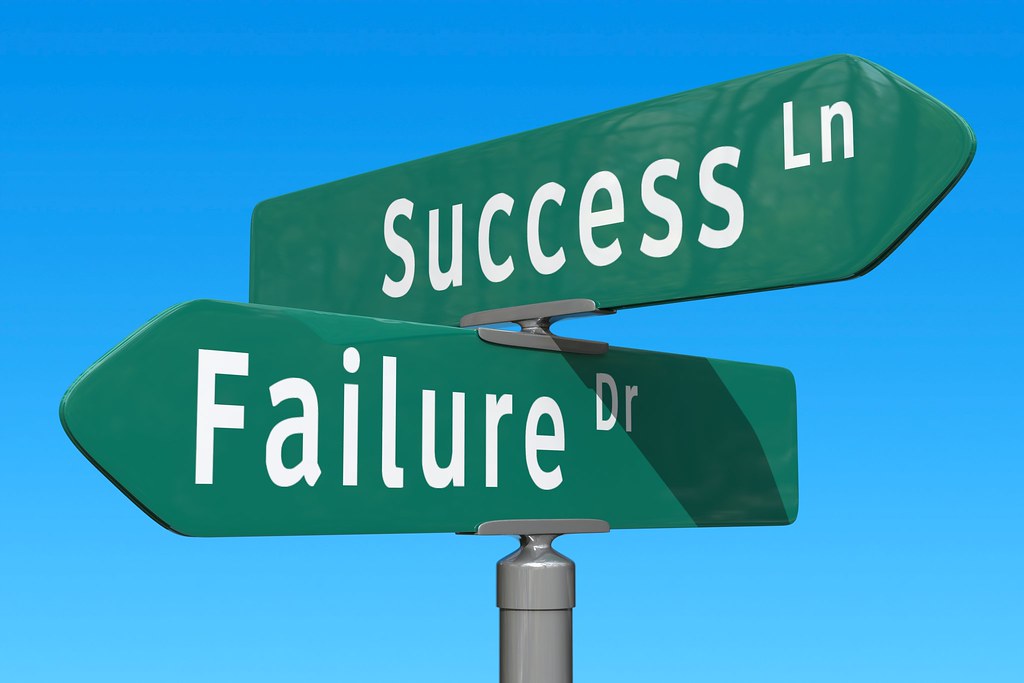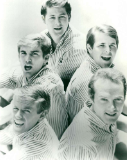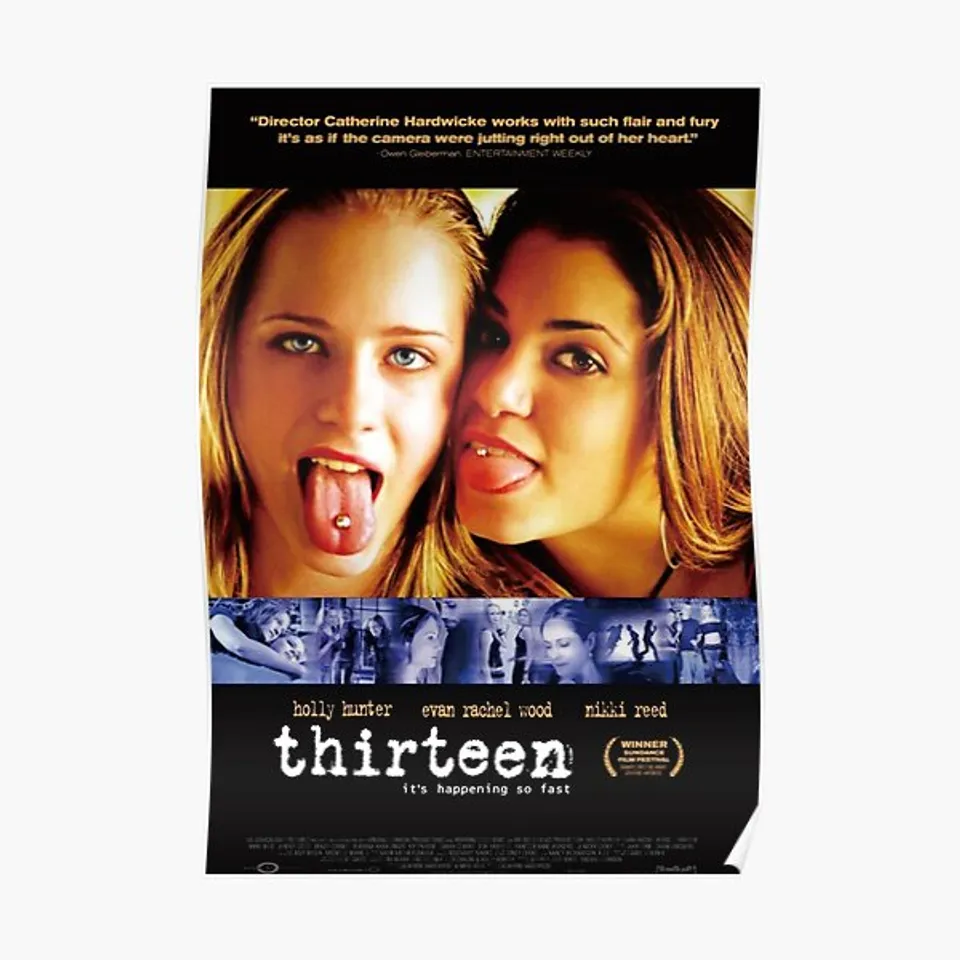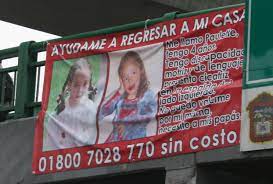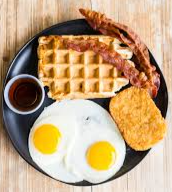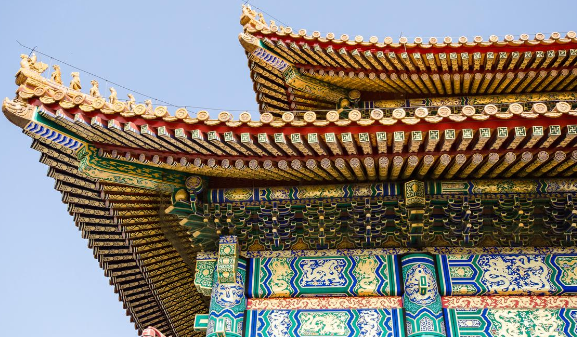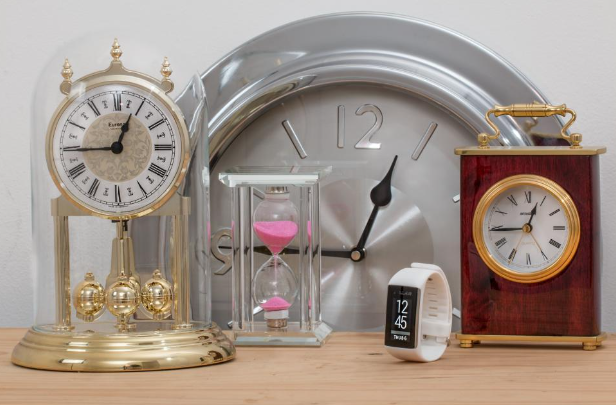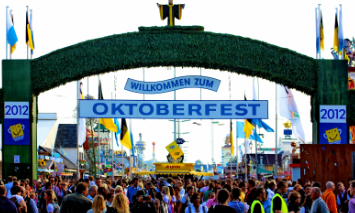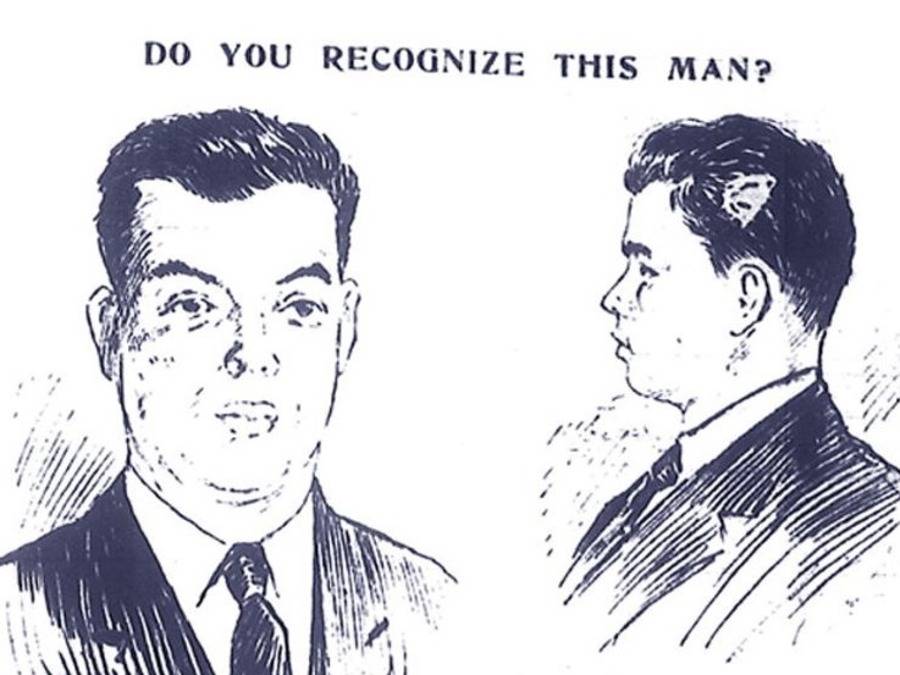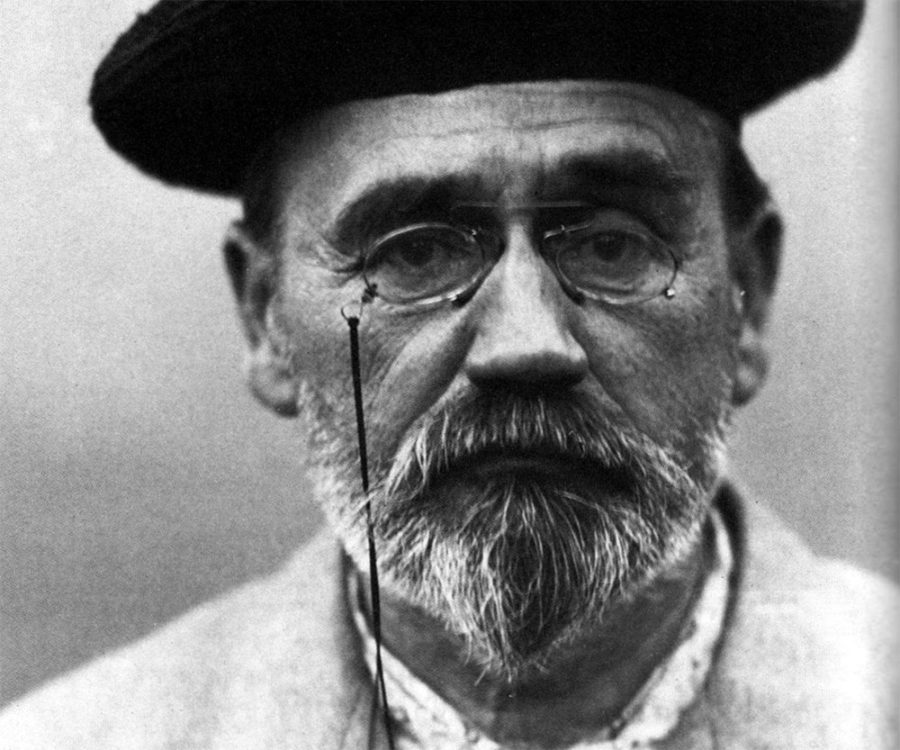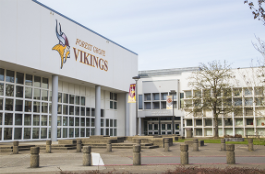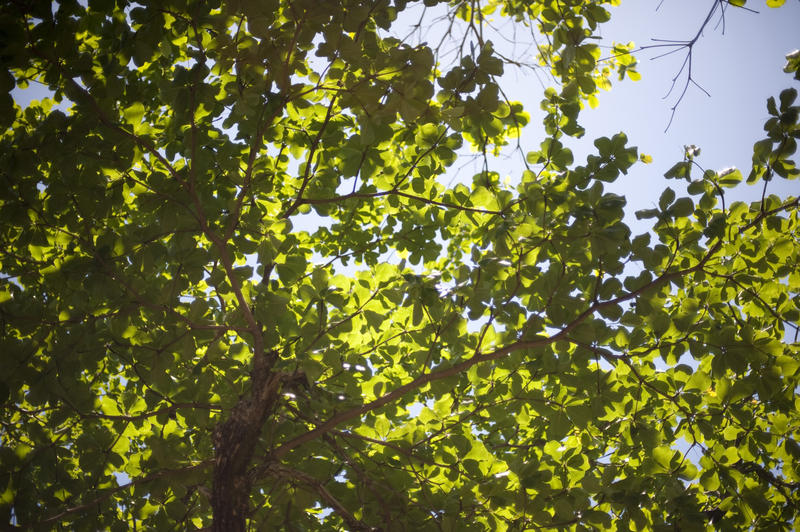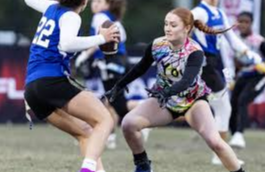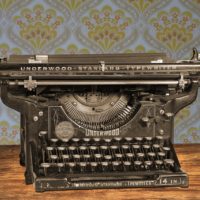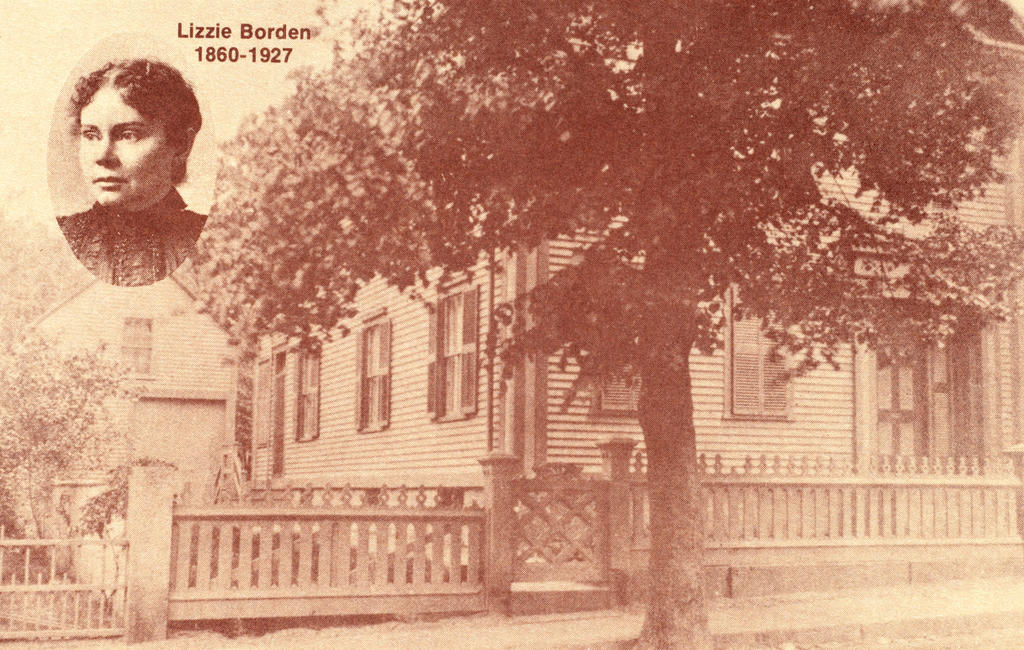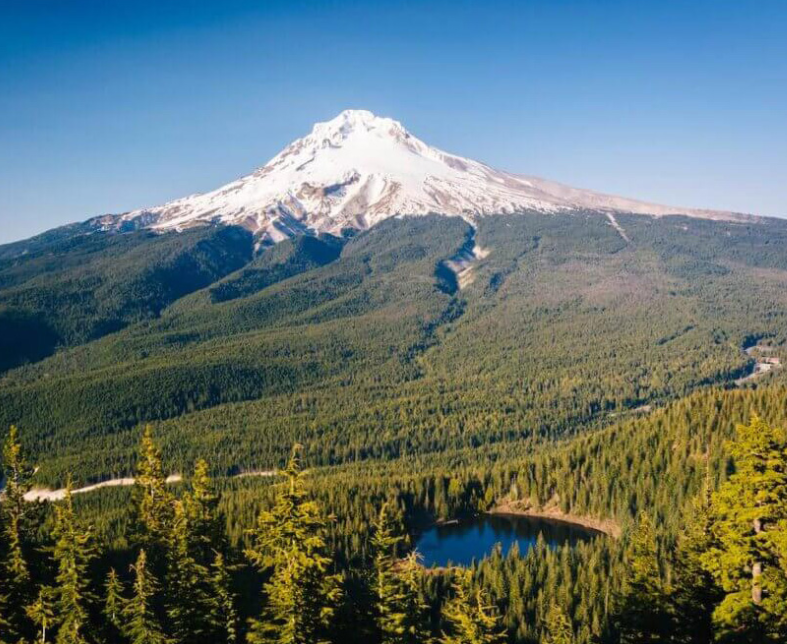Where Did The Traditions of Halloween Start?
October 25, 2021
Why do we dress up for Halloween? Why do we carve pumpkins and then light candles inside of them? Our traditions may seem odd in today’s times but they made perfect sense to the creators of Halloween.
Our modern-day Halloween was first called Samhain (pronounced sow-in), and it was a Celtic tradition. They celebrated the night before their new year on October 31st. This day was believed to be the day when the boundaries between our world and the world of the dead became blurred, and they thought that the dead would return to Earth on the night of the 31st. It also marked the end of their summer and the start of their winter, and winter to them was associated with human death.
Celts celebrated Samhain by building bonfires, burning things in order to sacrifice them to the Celtic deities, and wearing costumes. Druids, who could be considered the Celtic version of priests, would light bonfires to welcome spirits to Earth. The dead would come into the living world in search of comfort and food. These bonfires were also burned to sacrifice crops and animals. It was said that they wore costumes to fool the spirits into thinking that they were also deceased. To do this they would wear animal skins and in Scotland, they would wear white.
Celtic people were also said to have kept treats in their pockets to give as bribes to the spirits if they were caught with beating hearts. They would also hold hollowed-out potatoes, turnips, and beets for light and to ward off the deceased that intended to cause them harm. . Some people believe that they may have also held human skulls, but that theory has not yet been proven nor disproven.
In 43 A.D the Romans conquered the Celtic territory, and they changed some of the original Samhain tradition. Roman festivities and Celtic celebrations mixed. For example, the tradition of bobbing for apples probably came from the Romans. After the Romans started influencing Celtic culture, Christianity also started to influence their traditions.
By 1000 A.D, the church declared an All Souls Day to honor the dead. Many people believe that the church was trying to replace Celtic festivals. All Saints Day was also called All Hallows. The night of the Samhain traditions was called All Hallows Eve and that name eventually morphed into “Halloween.”
Traditions changed, even more, when Halloween came to America. Early American Halloweens included “play parties” where people would tell each other’s fortunes, dance, sing, and tell stories of the dead to celebrate the October harvest.
Halloween was popularized by Irish immigrants who would dress up in costumes and go door to door asking for money or food. This would later become our more familiar tradition of trick-or-treating.
In the late 1800s, Halloween was changed drastically. Halloween parties for children became common, so parents were advised to take anything too scary out of their Halloween parties. By the beginning of the 20th century, this holiday had lost most of its religious and superstitious tones. In the 1920s Halloween was more community-based. Between 1920 and 1950 the tradition of trick-or-treating had also gotten a fresh start. After many Irish families immigrated to America they started carving pumpkins instead of other veggies because there were more pumpkins in America.
Now we still trick-or-treat, carve pumpkins, and dress up. It’s important to remember that this holiday exists thanks to the Celts. Even though we no longer celebrate it in the interest of welcoming the dead back into the living world, many people, including myself, still love Halloween and its accompanying modern traditions.











